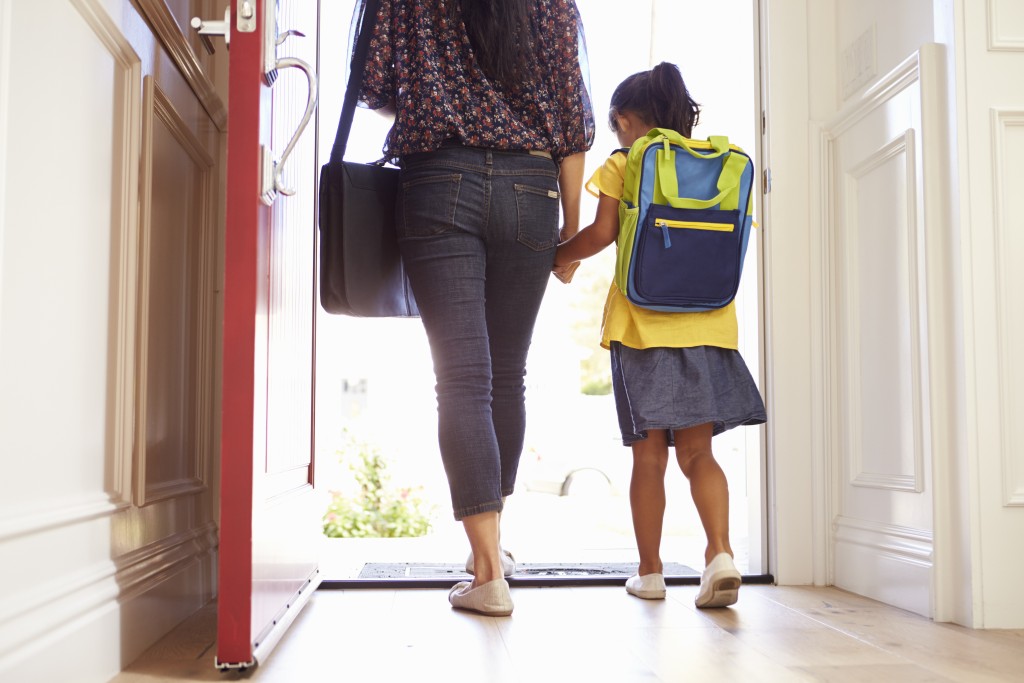 Editor’s note: This commentary from Frederick Hess, director of education policy studies at the American Enterprise Institute, appeared today on washingtonexaminer.com.
Editor’s note: This commentary from Frederick Hess, director of education policy studies at the American Enterprise Institute, appeared today on washingtonexaminer.com.
The disruptions of the pandemic frayed familiar routines and fueled an appetite for more education options. As a result, more than two-thirds of people support school choice, according to recent polls, and states are expanding educational choice programs at an astounding rate.
This all seems rather innocuous and, well, predictable. Teacher union leaders, however, see in school choice the nefarious handiwork of a shadowy cabal. American Federation of Teachers President Randi Weingarten, for example, described the push for educational freedom as a “privatization movement” bent on “destroying public education.”
Given that U.S. public schools spend $17,000 per student and have added staff at many times the rate they’ve added students in recent decades, one might snarkily conclude that the privatizers are doing rather a poor job of it. But the school choice debate has featured plenty of snark.
So instead, as I point out in my book, “The Great School Rethink,” it’s perhaps more useful to appreciate why such complaints are misguided and misleading.
Over the past century or more, public schooling has been subject to a barrage of reforms: compulsory attendance, district consolidation, larger schools, smaller schools, magnet schools, standards, test-based accountability, merit pay, and more. Some of these ideas were good. Some weren’t. But in hindsight, it’s pretty clear that they weren’t “attacks” on public education; rather, they were attempts to improve it.
Public education can encompass a lot of approaches, and it can be organized in many different ways. Rather than blindly insist that “defending public schooling” requires clinging to outdated policies from decades (or centuries) past, we would do better to clarify principles, examine particulars, and then debate proposals.
Indeed, the pandemic was a stark reminder that there are lots of ways to deliver schooling, including innovations such as learning pods, microschools, virtual tutors, and education savings accounts. While these might stretch our notions of public education, that’s mostly because the hard-and-fast lines used to denote “public” are blurrier than we pretend.
To continue reading, click here.


